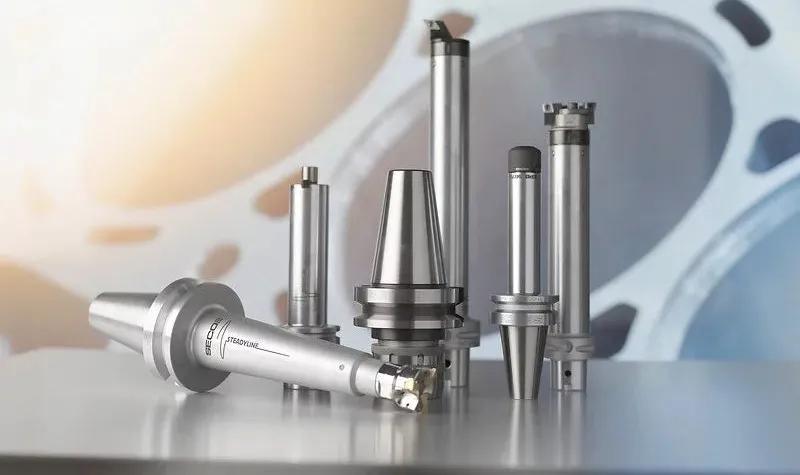In the world of CNC machining, one of the most crucial components that determines the quality and precision of your output is the CNC tool holder. CNC tool holders come in various styles, designs, and machine mountings, and choosing the right tool holder for your process can significantly improve the quality of your machined parts. In this guide, we will discuss everything you need to know about CNC tool holders, including their types, components, features, and how to select the right one for your machining process.

CNC Tool Holder Types
There are various types of CNC tool holders, and each has unique features that determine their suitability for specific applications. Here are the most common types of CNC tool holders:
1. R8 Tool Holders: R8 tool holders are designed for Bridgeport-style milling machines and are among the most common types of tool holders available. They are simple to use, cost-effective, and easy to install and remove, making them ideal for small to medium machining jobs.
2. HSK Tool Holders: HSK tool holders are the latest standard for high-speed machining applications. They are more stable and have higher accuracy than R8 holders, making them ideal for high-precision applications in industries such as aerospace, medical, and automotive.
3. VDI Tool Holders: The VDI (Verband Deutscher Ingenieure) tool holder is designed for use on lathes and is widely used in Europe. They are easy to install and are available in different sizes, making them ideal for various machining operations.
4. CAT/ISO Tool Holders: CAT (American National Standards Institute) and ISO (International Organization for Standardization) tool holders are common types of tool holders used in the United States and Europe, respectively. They are versatile, can handle heavy-duty cutting operations, and have a wide range of tooling options.
CNC Tool Holder Components
A CNC tool holder consists of various components, each with a crucial role in ensuring the tool holder's functionality and durability. Below are the essential components of a CNC tool holder:
1. Collet: The collet is a gripping mechanism that holds the cutting tool in place. It provides the grip that securely holds the tool in place and ensures that the cutting edge is precisely oriented relative to the workpiece.
2. Nut: The nut is the component that holds the collet in place. It is tightened to clamp the collet onto the cutting tool.
3. Shank: The shank is the part of the tool holder that attaches to the machine's spindle. It comes in different sizes and shapes, depending on the type of tool holder.
4. Body: The body is the main section of the tool holder that houses the collet and provides support to the tool.
CNC Tool Holder Features
When selecting a CNC tool holder, there are several features to consider. Below are some of the essential features to look for when choosing a tool holder:
1. Precision: The tool holder must provide high precision to ensure that the cutting tool maintains the correct position and orientation.
2. Durability: Tool holders must be durable enough to withstand the cutting forces and vibrations without failing or deforming.
3. Rigidity: Rigidity is essential in CNC machining because the cutting forces can cause the tool to deflect or vibrate, leading to poor surface finish and inaccurate dimensions.
4. Compatibility: The tool holder needs to be compatible with your machining process, including the machine spindle and the cutting tool.
How to Choose the Right CNC Tool Holder
Choosing the right CNC tool holder mainly depends on the machining process's requirements, including the material being machined, the spindle type, and the cutting tool's diameter and length. However, here are some general steps to follow when selecting a CNC tool holder:
1. Identify the spindle mounting type: Determine the type of spindle mounting on your machine, which can be HSK, CAT, ISO, VDI, or R8.
2. Choose the collet type: Identify the collet type that suits your cutting tool. The most common collet types are ER and TG collets.
3. Determine the tool diameter and length: Choose a tool holder that matches your cutting tool's diameter and length to ensure proper fit and support.
4. Consider the machining application: For high-speed machining, choose an HSK tool holder, while for heavy-duty cutting, choose a CAT or ISO holder.
Conclusion
A CNC tool holder is a crucial component for machining accuracy and precision. With various types, designs, and features available, selecting the right tool holder can significantly impact your machining process's success. When choosing a tool holder, consider factors such as the spindle type, cutting tool diameter and length, and machining application to ensure you select the right tool holder for your process. With these considerations, you can improve your machining process's accuracy, efficiency, and productivity.